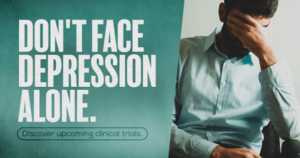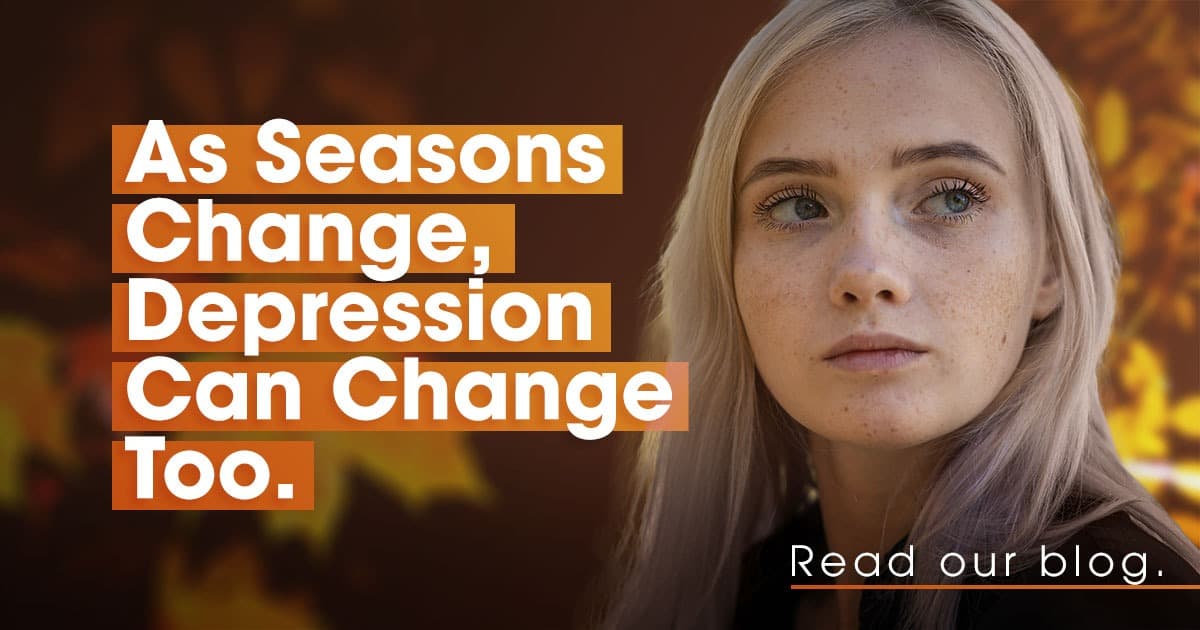The changing and falling of the leaves also mark when approximately 5% of U.S. adults begin experiencing a type of depression specific to the seasons. Seasonal affective disorder (SAD) is more common in the fall and winter months than in spring and summer. Don’t brush off those “winter blues” and try to tough out on your own. Seasons change, and depression can too.
What is SAD?

SAD is a type of depression that starts and ends around the same time every year with the change of seasons. Most people who experience this type of depression do so in the fall and winter months. It may start with less energy and mood changes and develop into other symptoms that improve with the arrival of spring. Mental Health America states symptoms common with SAD include:
- Depression: misery, guilt, loss of self-esteem, hopelessness, diminished interest in activities, despair, and apathy
- Anxiety: tension and inability to tolerate stress
- Mood changes: extremes of mood and, in some, periods of mania in spring and summer
- Sleep problems: desire to oversleep and difficulty staying awake or, sometimes, disturbed sleep and early morning waking
- Lethargy: the feeling of fatigue and inability to carry out regular routine
- Overeating: craving for starchy and sweet foods resulting in weight gain
- Social problems: irritability and desire to avoid social contact
- Sexual problems: loss of libido and decreased interest in physical contact
Causes and Treatment Options
The cause of SAD is not clear, but experts believe it involves how reducing sunlight levels in the winter affects three main factors. These are:
- Your biological clock (circadian rhythm): Less sunlight may disrupt your body’s internal clock. The result can trigger feelings of depression and develop into SAD.
- Serotonin: Serotonin is a neurotransmitter in the brain that affects mood. Reduced sunlight can cause a drop in serotonin that can trigger depression.
- Melatonin: The change in season can disrupt the balance of the body’s level of melatonin. The hormone plays a role in sleep patterns and mood and is produced at increased levels in the dark.
SAD can be effectively treated with light therapy, antidepressant medications, talk therapy, or a combination of these. Generally, most will see improvement of symptoms with the changing of seasons. However, treatment may help them improve more quickly.

Potential new treatment options are currently under evaluation in clinical research studies. If you or a loved one have depression, current and upcoming research studies here at Woodland Research Northwest may help. Call us at (479) 927-3000 to learn more or visit our website TODAY!
Sources:
https://www.psychiatry.org/patients-families/depression/seasonal-affective-disorder













